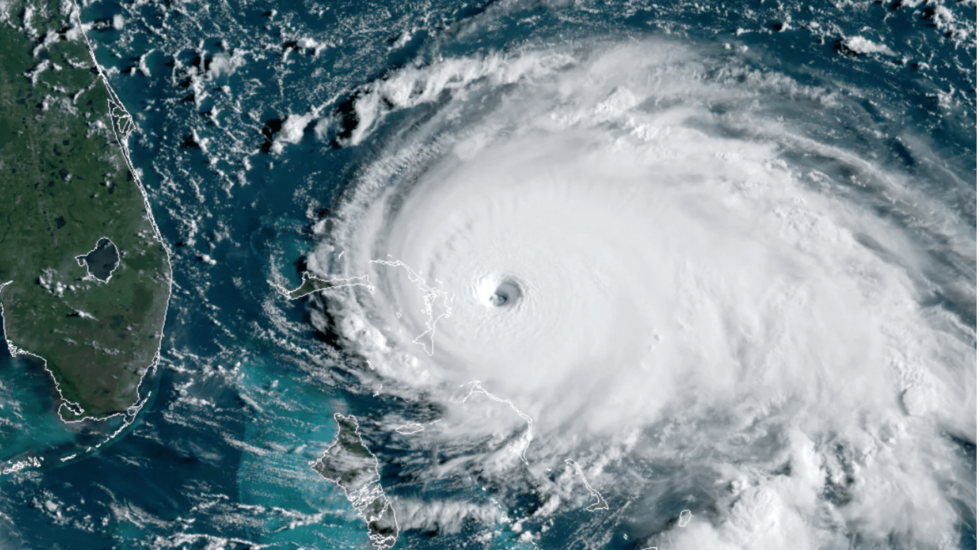After devastating the Bahamas, deadly Hurricane Dorian is grinding toward Florida and points north on the U.S. East Coast.
It’s impossible to say at this point how many may have died while Dorian lingered over the Bahamas for more two days with torrential rains and a huge storm surge driven by 185-mph winds. Along with the official toll of seven dead, many are missing.
And there’s likely more trouble on the way.
The National Hurricane Center is tracking four more storm systems in the Atlantic and the Gulf of Mexico. One, currently dubbed “Tropical Depression Seven,” is in the southwestern Gulf, and is expected to become Tropical Storm Fernand by Tuesday night, dumping heavy rain on parts of northeastern Mexico and possibly south Texas, reports USNews.
Another storm system is south of Bermuda, though experts say it’s less likely to organize into a tropical storm. The other two systems are off the west African coast, and days away from threatening land.
In the Bahamas, the situation is dire, especially in the northern Abaco Islands group, which had a population of about 17,000 before the storm.
Flying over the main islands, one pilot declared: “Abaco is gone.”
In addition to the official population, many Haitian migrants live in the Abacos in “two shantytowns,” the New York Times reported. “Videos showed stunned residents of the island looking at crumpled cars, smashed homes, piles of debris and contorted trees.”
Dorian was one of the most powerful Atlantic hurricanes on record. It pummeled the northern Bahamas “with unrelenting rain and wind,” and stalled directly over the islands.
“It is highly unusual for a storm of Dorian’s magnitude to halt and hover over land, as it did in the Bahamas,” the Times says.
The U.S. military is preparing to go to the aid of the Bahamas. Gen. Terrence O’Shaughnessy, chief of the U.S. Northern Command, told reporters Tuesday that 40-50 helicopter crews, 2,700 regular troops, and 5,000 National Guard members have been activated, says CNN.
Another 2,000 U.S. Marines are aboard a Navy group that could rapidly deploy to the islands, some of which are still being pummeled by the storm.
“We are seeing unprecedented levels of water,” said Kevin D. Harris, director-general of the Bahamas Information Center.
As for the U.S., the Miami Herald reports that “Dorian’s full wrath won’t be felt on Florida’s coast as it skirts the shore in the next few days, but state officials said they are still watching for storm surges and flooding in northeast counties along the storm’s path” toward Georgia and the Carolinas.
Dorian has weakened somewhat, to a still powerful Category 2 hurricane with tropical storm-force winds extending 175 miles from the eye. It is also moving somewhat faster — 3-5 mph — and is expected to accelerate somewhat up as it hugs the U.S. coastline.
Upwards of a quarter-million people have already fled coastal regions of South Carolina, where state officials ordered a mandatory evacuation. The eight affected counties have a total population of about 833,000.
The Hurricane Center expects Dorian — still a hurricane — to reach North Carolina by early Friday.



